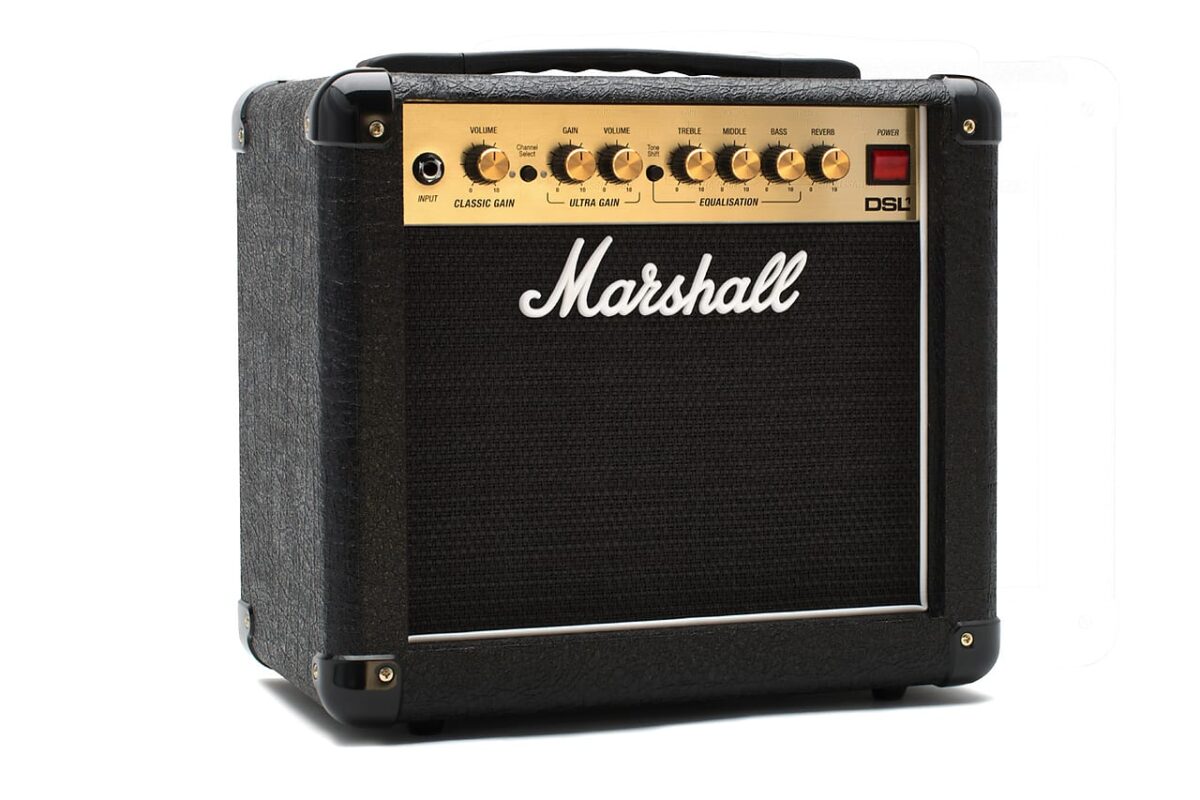A Low-wattage valve guitar amplifier: Something I’ve never considered before, but lately, I’ve come to fully appreciate their charms.
So what do I mean by a low-wattage valve guitar amplifier? I’m not talking 15 or even 5 watts, still too loud for the neighbours in the world of valves. I’m talking 1 watt or less, which is a niche market in the combo guitar amplifier market these days, to say the least.
So, if you can’t gig with them, why buy one? Well, a) I don’t gig anymore and b) even if I did, using your main amp for practice or recording isn’t ideal. Here are 5 reasons why a low-wattage valve guitar amplifier makes perfect sense.
Benefits of a low-wattage valve guitar amplifier #1 – Volume range
Case in point. Have a 25w Fender amp that goes from zero to far too loud at only the slightest touch of the volume control. Truth be told I’ve experienced the same on a lot of amps, particularly the bigger valve Fenders. My old BOSS Katana 50, with its low-power mode, faired better, but never gave me the true valve experience and if I’m honest, had too many features, but more on that later. Of course, many larger valve guitar amps also have switchable power sections, which is great, but often this is an additional extra, an afterthought to what the amp was designed to do: Performing at volume.
Put simply, what I really want is a valve amp where volume 10 is the loudest I’ll ever use it for (i.e. in the house for practicing and recording), to get the power stage overdriving, but at the same time have a useable graduation on the volume control.
Not an especially low-wattage valve guitar amplifier, but I fondly remember my old Laney LC-15R combo. It had an amazing tone at low volume, but I always yearned to hear it at full chat, with the power valves cooking, which was never possible even at a lowly 15 watts.
#2 – Size and weight
I don’t want or need a big, heavy amp. or even a lighter non-valve amp. My only concern is recording (and practicing) tone, so it makes sense to go for the lowest volume valve combo available. Happily, 1-watt valve amps are very small, moderately light…
#3 – Tone
… and pack in all the valve goodness you could ever wish for. As I detailed in 5 Compelling Reasons to Buy a Valve Guitar Amp, when you move away from the din of the live environment into the bare and unforgiving world of music production, tone matters. but more than that, for practicing and the simple joy of noodling about, I find valve amps more fun and rewarding. Logically, and proven on thousands of recordings, the best way to get that fabulous tone on tape is with a low-wattage valve guitar amplifier.
Classic example: The Fender Champ.
#4 – Focussed purpose
Going back to the BOSS Katana 50 for a moment. Great amp, loads of features, great tone, light, loud. Perfect right? Well, in the value for money stakes, that’s true, I don’t think it could ever be bettered. But when tone is your only concern? The Katana is obviously a jack-of-all-trades. A compromise. I don’t want a million options or applications, power settings, or inbuilt FX. I want a pure, basic valve amp, and if I need FX I’ll go for the best tonal option there is: Separate, dedicated pedals, which can be had for little outlay these days. See this selection below:
The Katana was a fantastically versatile one-stop solution. It got the job done. But did it give me the ultimate tone? No.
The thing is, even low-wattage valve amps don’t need to be light on features. Take the Marshall DSL1CR: FX Loop, speaker-emulated out, 2 channels, reverb, external speaker jack. The most important thing for me is: does it have the features I need. Nothing more.
With regard to bigger valve amps with low-power modes. That’s great if you’re gigging, but even so, lugging about a big amp with tons of features for the simple act of sitting down to practice is a chore, and makes the music production process more cumbersome.
Give me a small amp I can keep close by, with minimal setup or fuss, and instantly great recoding tone, any day.
#5 – Cost
And as a result of the above, a dedicated low-wattage, small valve amp is always going to be less expensive than its bigger, louder equivalent. Ok, they can’t be had for peanuts, but they’re a significant step up from the modeling and battery-powered amps you can get for the cost of a decent pedal.
And speaking of battery-powered guitar amps. I actually own the Laney MINI-STB-LION. Which is 2 x 3 watt tribute to their lionheart series. It’s a decent amp for around £75 but I’d wager the tone doesn’t even come close to an opened up 1-watt valve amp (I can use it in my shed however).
I recently did a video review of said amp on my YouTube channel. Check it out.
Benefits of a low-wattage valve guitar amplifier – Conclusion
If you already own an amp, from a louder valve gigging amp to a battery-powered practice amp, a low-wattage practice/recording amp isn’t the cheapest option or even a necessary one. However, in an ideal world, it’s always better to get the right tool for the job, and for home practice and recording, a low-wattage valve guitar amp is the perfect, no-compromise tool, and when it comes down to enjoying and capturing your guitar tone, why compromise?
What’s your view on low-powered valve guitar amps? Drop me a comment below.

Leave a Reply